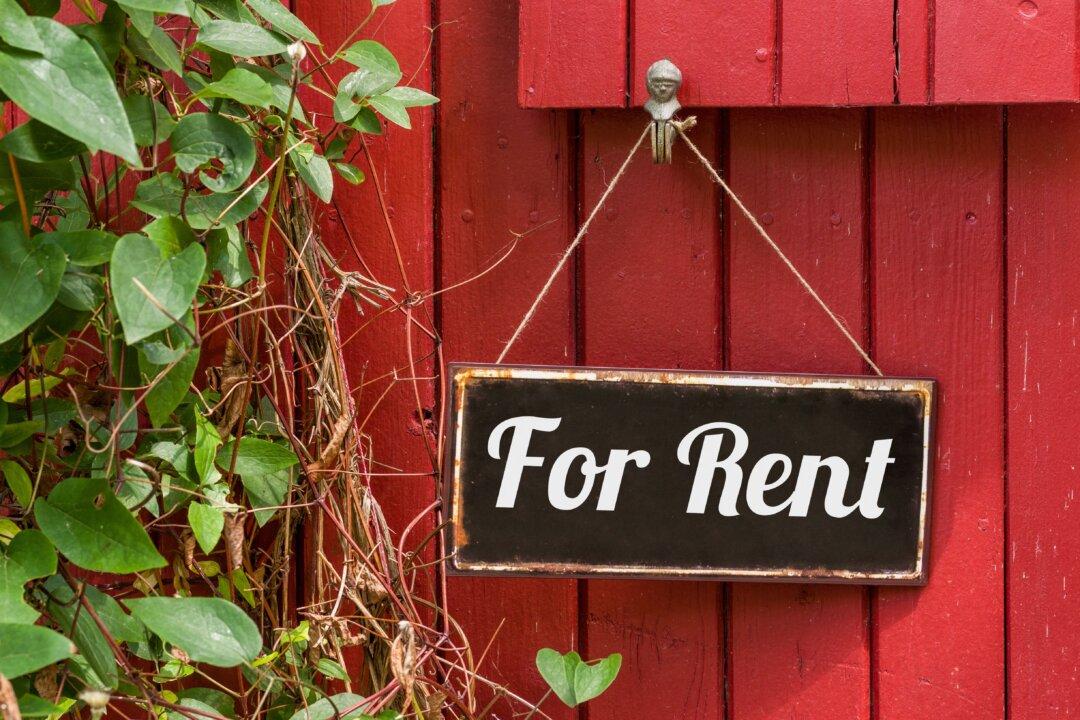Whenever you set up a new rental unit, you have a variety of decisions to make. From choosing a reasonable rent rate to screening new tenants to reside in the unit, you have your hands full.
How to Decide on and Enforce Your Rental Policies as a Landlord
Explore how to simplify deciding your rental policies and what to cover to ensure smooth tenancies down the line

Zerbor/Shutterstock
Empowering People in the Business of Changing the World |
Entrepreneur® is dedicated to fueling the world’s visionary leaders compelled to make a difference through their innovative ideas, businesses, and points of view.
Author’s Selected Articles





